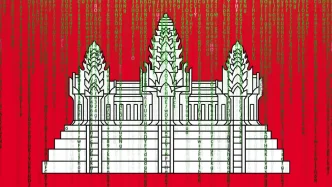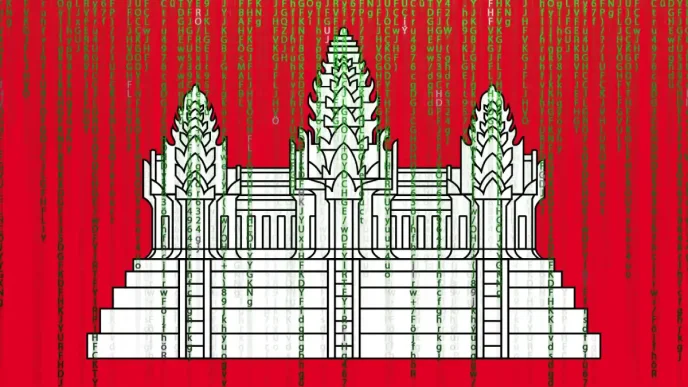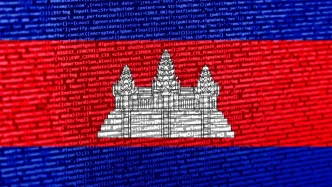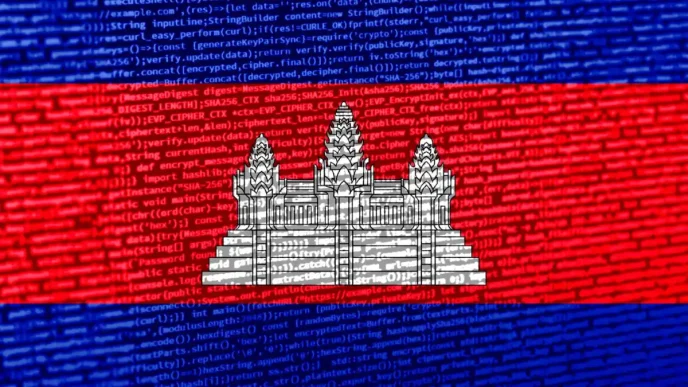In a significant step toward financial integration within the ASEAN region, the National Bank of Cambodia (NBC) and Bank Negara Malaysia (BNM) have officially launched Phase 2 of their cross-border QR payment system. Unveiled on April 8, 2025, during the ASEAN Finance Ministers’ and Central Bank Governors’ Meetings in Kuala Lumpur, this initiative promises to simplify transactions for travelers and merchants across the two nations, fostering economic connectivity and supporting small businesses.
A Seamless Payment Experience for Travelers
The newly launched system enables citizens of Cambodia and Malaysia to make instant payments using their respective mobile banking apps by scanning QR codes in either country. For Malaysians visiting Cambodia, this means a hassle-free payment experience at local merchants without the need for currency exchange or international card fees. Similarly, Cambodians traveling to Malaysia can use their domestic apps to pay at participating outlets, bridging a key gap in cross-border transactions.
According to the NBC, over seven million local merchants in both countries stand to benefit from this expanded market access. The system not only facilitates ease of payment for tourists but also opens up new opportunities for small and medium enterprises (SMEs) to engage with a broader customer base. This development is particularly timely given the growing tourism between the two nations, with Cambodia’s cultural hubs like Siem Reap and Malaysia’s vibrant cities like Kuala Lumpur drawing millions of visitors annually.
Leadership and Vision Behind the Initiative
The launch event was presided over by Chea Serey, Governor of the NBC, and Dato’ Seri Abdul Rasheed Ghaffour, Governor of BNM. Both leaders emphasized the transformative potential of the initiative for the ASEAN region. Dato’ Seri Rasheed highlighted the alignment of this project with Malaysia’s ASEAN chairmanship goals, stating, “In line with Malaysia’s ASEAN chairmanship, we are pleased to advance the vision of enhanced payment connectivity within the region through the latest phase of this QR payment linkage.” He further noted the benefits for small businesses and individuals, underscoring a commitment to expanding such networks with regional and international partners.
Chea Serey echoed these sentiments, outlining three core areas of impact. “First, tourism, by offering Malaysian travellers frictionless payments in Cambodia. Second, financial inclusion, by connecting SMEs and individuals to a broader economic network, and third, regional integration, by advancing ASEAN’s vision of a digitally interconnected community,” she explained. Serey also framed the initiative as more than a technical milestone, describing it as “a bridge between cultures, economies and people” that embodies a commitment to inclusive growth through technology.
Economic Implications for ASEAN Integration
The cross-border QR payment system represents a tangible move toward the ASEAN Economic Community’s goal of creating a single market and production base. By reducing friction in financial transactions, the initiative supports the free flow of goods, services, and people across member states. This is particularly significant for Cambodia and Malaysia, whose economies are increasingly interlinked through trade and tourism. Malaysia, with its more developed financial infrastructure, provides a model for digital payment systems, while Cambodia’s rapidly growing economy offers a dynamic market for innovation.
Economists suggest that such payment linkages could serve as a blueprint for other ASEAN nations, potentially leading to a region-wide QR payment network. If successful, this could reduce reliance on traditional banking systems and international payment processors, lowering costs for consumers and businesses alike. Moreover, by integrating SMEs into a digital economy, the system addresses financial exclusion—a persistent challenge in rural areas of both countries where access to formal banking remains limited.
However, challenges remain. Ensuring the security of cross-border transactions is paramount, as cyber threats continue to pose risks to digital payment systems. Both the NBC and BNM will need to invest in robust cybersecurity measures to protect users and maintain trust in the platform. Additionally, disparities in technological adoption between urban and rural merchants could limit the system’s reach in its early stages, requiring targeted education and infrastructure support.
Boosting Tourism and Cultural Exchange
Tourism, a key driver of economic growth in both Cambodia and Malaysia, is set to receive a significant boost from the QR payment system. For Malaysian tourists exploring Cambodia’s ancient temples or bustling markets, the ability to pay with a familiar app eliminates a major barrier to spending. Similarly, Cambodian visitors to Malaysia can enjoy seamless transactions at shopping malls, eateries, and tourist attractions, enhancing their travel experience.
This ease of payment is expected to encourage more frequent and longer visits, benefiting local economies. In Cambodia, where tourism accounts for a substantial portion of GDP, such innovations could help sustain post-pandemic recovery efforts. Malaysia, meanwhile, stands to reinforce its position as a regional tourism hub by offering cutting-edge conveniences to international visitors.
Beyond economics, the initiative fosters cultural exchange by making travel more accessible. As Serey noted, the system is a bridge not just between economies but between people, enabling deeper connections through shared experiences. This aligns with ASEAN’s broader mission of promoting mutual understanding and cooperation among its diverse member states.
Financial Inclusion and SME Empowerment
One of the most promising aspects of the QR payment system is its potential to advance financial inclusion. In both Cambodia and Malaysia, many small merchants and individuals remain outside the formal financial system, relying on cash transactions that limit their access to broader markets. By enabling these stakeholders to accept digital payments, the initiative connects them to a regional economic network, opening up new opportunities for growth.
For instance, a street vendor in Phnom Penh can now accept payments from Malaysian tourists without needing a traditional bank account or point-of-sale terminal. Similarly, a small retailer in Kuala Lumpur can cater to Cambodian visitors using the same QR code system integrated into their mobile app. This democratization of financial tools empowers SMEs to compete in an increasingly digital marketplace, leveling the playing field with larger enterprises.
The collaboration between the NBC, BNM, and local partners like Maybank and PayNet has been instrumental in tailoring the system to the needs of these smaller players. By prioritizing user-friendly interfaces and minimal setup costs, the initiative ensures that even the smallest merchant can participate in the global digital economy, as Serey emphasized during the launch.
Looking Ahead: Challenges and Opportunities
While the launch of Phase 2 marks a milestone in ASEAN financial integration, its long-term success will depend on several factors. Scaling the system to include more merchants and users will require sustained investment in digital infrastructure, particularly in underserved areas. Both governments and their banking partners must also address potential regulatory hurdles, ensuring that cross-border payments comply with local financial laws without compromising user convenience.
Public awareness campaigns will be crucial to driving adoption, as many potential users may be unfamiliar with QR payment technology or hesitant to trust digital transactions. Partnerships with local communities and businesses will help build confidence and demonstrate the tangible benefits of the system.
Moreover, the initiative’s impact could extend beyond Cambodia and Malaysia if other ASEAN countries join the network. Dato’ Seri Rasheed’s commitment to widening reach with regional and international partners suggests an ambitious vision for a fully interconnected payment ecosystem. If this vision materializes, it could redefine how money moves across Southeast Asia, fostering economic resilience in an era of rapid digital transformation.
As the cross-border QR payment system rolls out, its effects on tourism, financial inclusion, and regional integration will be closely watched. For now, it stands as a promising example of how technology can bridge divides, bringing the people and economies of Cambodia and Malaysia closer together in pursuit of a shared ASEAN future.














